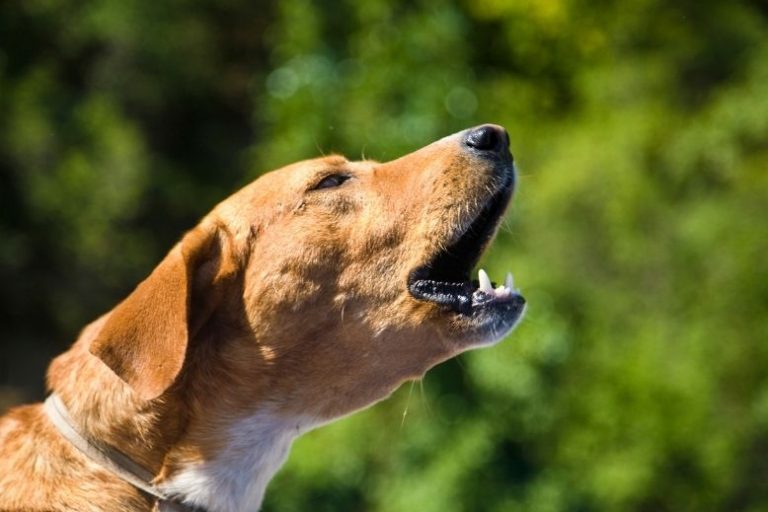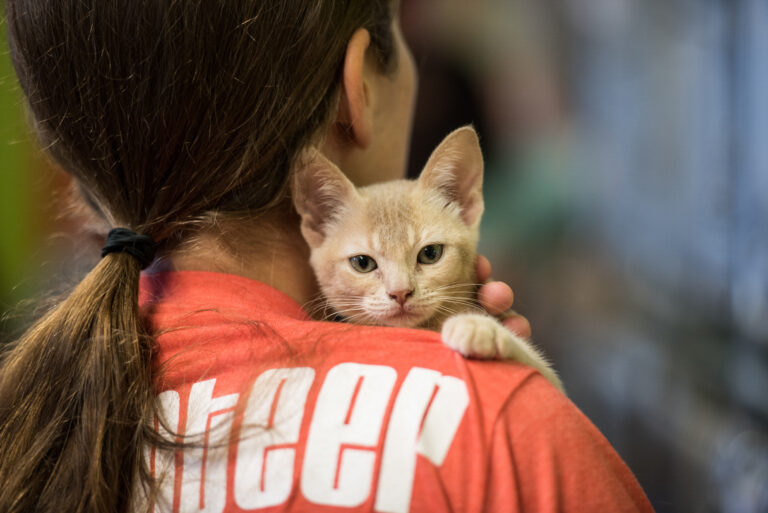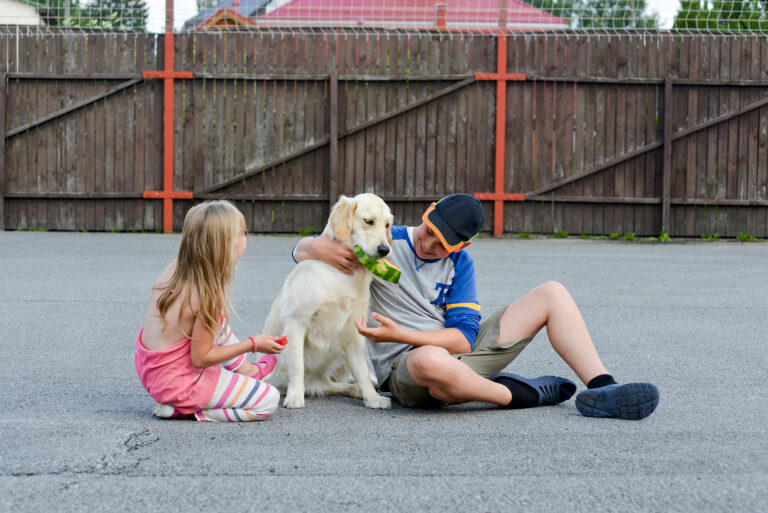As spring returns, nature comes alive—birds are chirping, squirrels are darting about, and for many dogs, this means endless temptation. While it’s natural for dogs to be excited by the sight of fast-moving animals, uncontrolled chasing behavior can become dangerous. It increases the risk of running into streets, ignoring recall commands, or injuring small animals.
Fortunately, with proper training and management, you can reduce your dog’s chasing instincts and ensure safer, calmer outdoor adventures. Here’s how to control the excitement and redirect their energy positively.
Table of Contents
Why Dogs Chase Birds and Squirrels
Chasing is an instinctive behavior rooted in a dog’s natural prey drive. Certain breeds, especially those bred for hunting or herding (like terriers, retrievers, and border collies), are more prone to reacting to movement.
Spring amplifies this instinct as birds and squirrels become more active, building nests, gathering food, or playing. For dogs, these quick movements trigger their urge to pursue, catch, or play, making it hard for them to resist.
Why It’s Important to Curb Chasing Behavior
While chasing may seem harmless, it can pose several risks:
- Running into roads or traffic accidents
- Ignoring recall commands, making walks stressful
- Potential injury to birds, squirrels, or even the dog
- Frustration and pulling on the leash
- Escalation into aggressive behavior over time
By teaching impulse control and reinforcing good behavior, you can make walks safer and more enjoyable for both you and your dog.
Effective Strategies to Stop Chasing Behavior
Strengthen Basic Obedience Skills
Strong foundational commands like “sit,” “stay,” “leave it,” and “come” are essential. Start practicing in a controlled environment before moving to areas with distractions.
- Use positive reinforcement—treats, praise, or toys—to reward compliance.
- Gradually increase distractions while reinforcing commands.
- Practice recall often, rewarding generously when your dog returns, even if distracted.
A well-practiced recall can prevent your dog from bolting after a squirrel mid-walk.
Teach the “Leave It” Command
“Leave it” is especially useful when your dog locks eyes on a bird or squirrel. Here’s how to teach it:
- Hold a treat in your closed hand.
- Let your dog sniff or paw, but don’t release it.
- As soon as your dog stops trying and looks away, say “Leave it” and offer a different treat as a reward.
- Practice daily, gradually using higher-value distractions like toys, then applying it during walks.
This command redirects focus back to you rather than the tempting animal.
Use High-Value Rewards
Regular treats may not compete with the thrill of chasing. Carry high-value treats like small pieces of cheese, chicken, or favorite toys specifically for outdoor walks.
Every time your dog resists the urge to chase or looks to you instead, immediately reward with the high-value treat. Over time, they’ll associate calm behavior with positive outcomes.
Manage Walk Environments
In the early stages of training, control exposure to high-distraction areas:
- Choose quiet parks or walking paths where bird and squirrel activity is minimal.
- Avoid areas near bird feeders or dense trees until your dog gains more control.
- Consider using a long-line leash (15-30 feet) to allow freedom while maintaining safety and control during training sessions.
Redirect with Alternative Activities
Channel your dog’s chasing instincts into productive outlets:
- Fetch games simulate the chase but in a controlled way.
- Tug-of-war provides physical and mental stimulation.
- Scent work or puzzle toys engage their senses and provide mental enrichment.
Meeting their needs for activity and stimulation reduces the likelihood of unwanted chasing behavior.
Consistent Exercise Routine
A dog with pent-up energy is more likely to engage in undesirable behavior. Ensure your dog receives:
- Daily physical exercise appropriate to their breed and age.
- Mental enrichment through training, games, or interactive toys.
- Structured walks with a balance of sniffing and obedience practice.
A well-exercised, mentally satisfied dog is easier to manage around tempting distractions.
Consider Professional Training
If your dog’s chasing behavior is extreme or poses safety risks, seek help from a certified professional dog trainer. Positive reinforcement trainers can tailor a behavior modification plan and guide you through advanced impulse control techniques.
In Conclusion

Spring’s increased wildlife activity may excite your dog, but with consistent training, strong obedience skills, and appropriate outlets for their energy, you can manage their chasing instincts effectively. By reinforcing commands like “leave it” and “come,” providing mental stimulation, and being mindful of your dog’s environment, you’ll create safer, more enjoyable walks—free of frantic sprints after birds and squirrels.
Patience, consistency, and positive reinforcement are key to transforming your dog’s springtime excitement into calm, controlled behavior.







